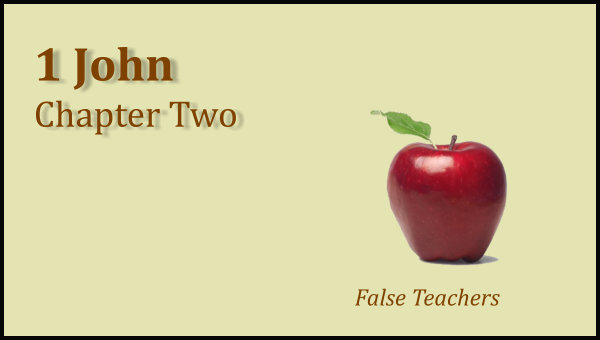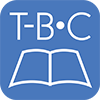By Tyson Thorne

Chapter two continues in the same vein. While many scholars have submitted chapter two verses one through 17 are a new context, I suggest otherwise. There is definitely a shift in literary style – a move to a softer tone of voice – but his content hasn’t made the kind of shift we see in verse 18. Chapter one is almost certainly addressing false teachers, Cerinthus in particular, while chapter two addresses true followers of Christ. John is on the offensive in chapter one, and shepherding his children in chapter two. John’s tone in chapter one is almost that of an angry parent addressing a stranger who was teaching the kids to play with matches. The first 14 verses of chapter two is John turning to his children and explaining why it is not good to play with matches. Same topic; same context, different perspective and different mood. Again, in chapter one John is strongly arguing against certain heresy’s directed at the church. In the fist half of chapter two John is commending his audience for living “in the light of God’s truth.” And in verses 18 through the end of the chapter, John will warn his readers even more harshly than in chapter one regarding false teachers, here called antichrists. For these reasons I submit chapter one verse one through chapter two verse 14 is one context.
John gives us a glimpse of God’s very nature in the first two verses of chapter two: Jesus is the God of second chances, for he has taken upon himself all our mistakes, all our goofs, all our sin, and laid it on Himself in order that we might be given one more chance to walk in love. Clearly, the one who knows God lives in accord with God’s nature and obeys His Word. But those who claim to know God and do not obey His word (false teachers) are liars. Zane Hodges of Dallas Theological Seminary in The Bible Knowledge Commentary writes: “In such a person the truth is not a dynamic, controlling influence. He is seriously out of touch with spiritual reality.”
What exactly does John mean when he says to “live in Him”? It would lead to confusion to mistake John’s idea with Paul’s concept of being “in Christ.” Paul’s use of the phrase is one of position, showing that we are no longer in the world, but rather in another plane of existence altogether. Once “in Christ” we are eternally fixed there, with all the rights, honors and privileges thereof. John’s concept is very different. John uses the term not positionally, but relationally. The word used in verse six, translated “live” in the NIV, is the same word in John 15.4 translated as “remain,” or “abide.” It is a relationship that, like any other relationship, can experience deterioration. John warns us to “remain” in fellowship with the Spirit.
In verses seven and eight John debates with himself as to whether or not the command he is giving is a new one. No doubt John thought the command old, for it was a command that “they had heard from the beginning,” that is, since they came to believe. The command he is thinking of is probably the command he is most known for, “to love one another.” Yet Jesus called it a new command (John 13.34) as it has taken on new meaning in Christ. Surely the old world before Christ was in darkness, but since Christ a new season in the light of righteousness has come to the world through His followers.
Life in this new light of righteousness characterizes itself with love, not hatred. Like all sins, hatred can be a struggle for Christians, too. So John warns his readers not to hate their brother and remain in darkness, but rather to love and abide in light. Their faith will seem direction-less and pointless the longer they remain in darkness, and they will stumble aimlessly about until they enter the light of love. Some have suggested these verses refer to unsaved individuals, as believers cannot hate. This suggestion shows naiveté, as the Christian is just as capable of hatred as anyone else.
Verses 12 through 14 are literary prose to help drive home his main points. John wishes to encourage his readers and commend them for not adhering to the false teachings that surrounded them seemingly on every side. For this reason he addresses them as children, fathers, and young men – he is not addressing certain members of his audience so much as he is their experience. Some have proposed that John is classifying the readers by place in life, but this is unlikely as he addresses them all as “children” throughout the letter. Further, he uses the term “fathers” in-between children and young men, not a logical progression if the focus is on the title. Rather than a chronological age, he is addressing the readers’ spiritual experience. As children they know the Heavenly Father; as fathers they know Him who is from the beginning; as strong young men well versed in the Scriptures they have experienced the evil one in spiritual warfare and overcome him. Each of John’s readers has had these experiences and possess these qualities and it is here John commends them most – right before he warns them again of the dangers of false teachers.
How is it, then, that one becomes strong and knowledgeable of the Scriptures to stand against the devil? How is it one comes to know the Father of heaven, He who was from the beginning? How is it one can discern truth from lies, light from dark, and false teachers from good? To put a fine point on it, verse three, “obey His commands.”
|
|
